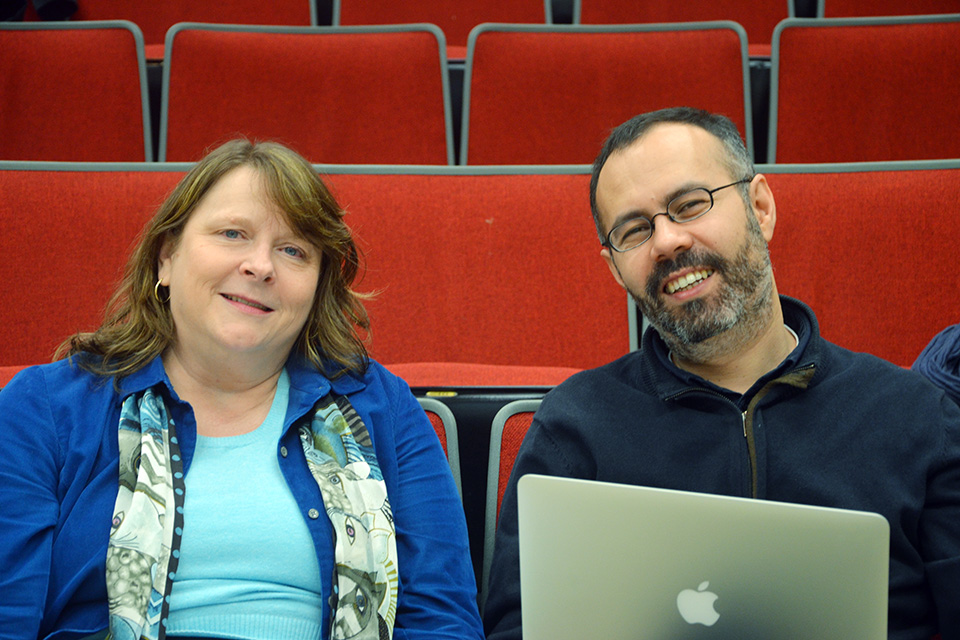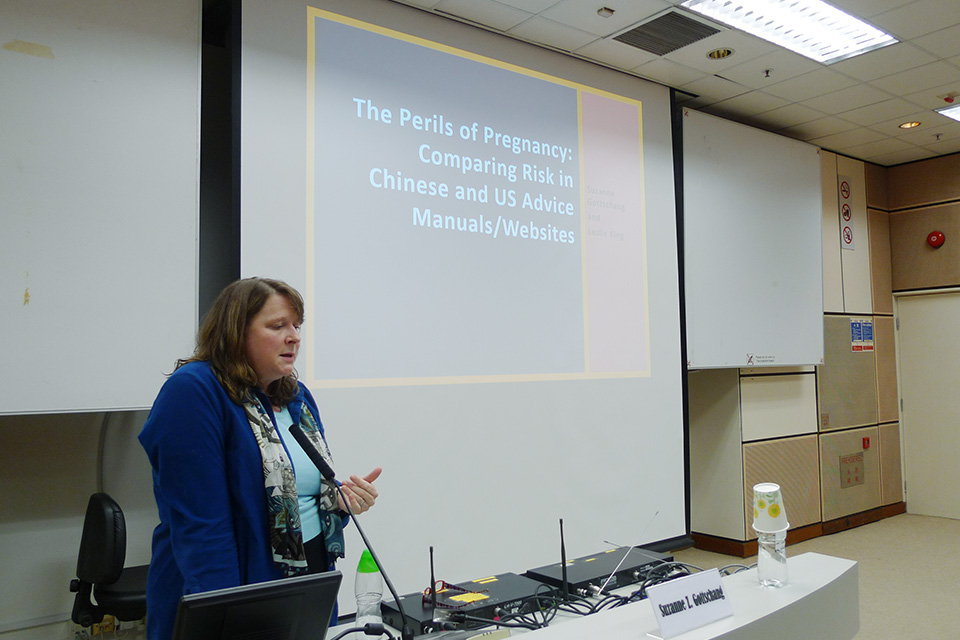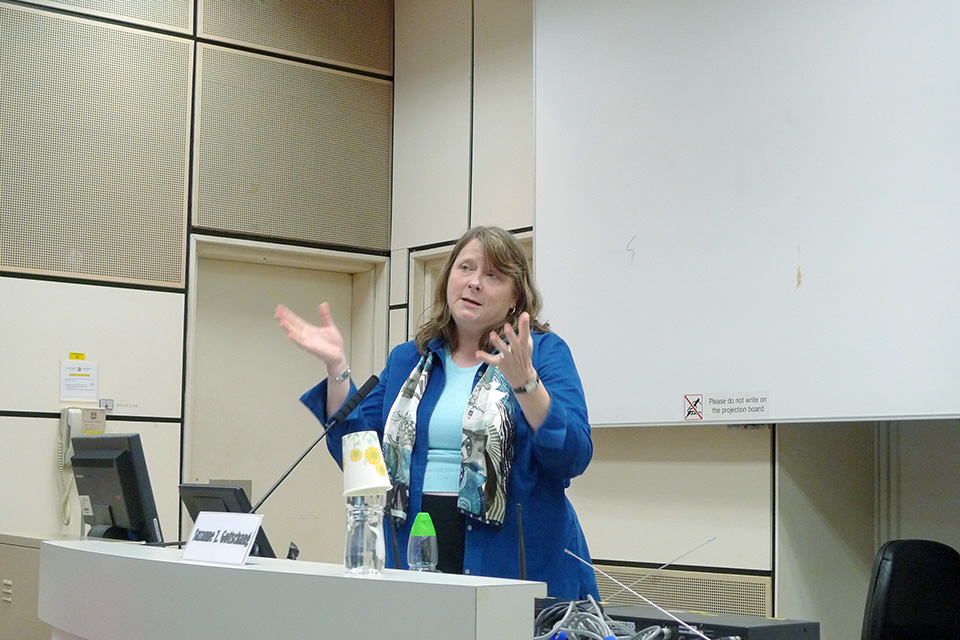- ABOUT IHSSABOUT IHSS
- PEOPLE
- NEWS & EVENTSNEWS & EVENTS
- RESEARCHRESEARCH
- FELLOWSHIPS & GRANTSFELLOWSHIPS & GRANTS
- TEACHING & LEARNINGTEACHING & LEARNING
- PUBLICATIONSPUBLICATIONS
Risk analysis in health care presumes a universal scientific basis. If this presumption holds true, then the same dangers should be identified wherever they may occur. To explore the extent to which risk is or is not neutral, we compare a sample of popular pregnancy advice manuals and websites published in China and the United States. A primary focus of these manuals is the identification of potential risks to fetuses and pregnant women and the prescription of behavioral solutions to minimize exposures to these risks. The authors of the texts in our sample claim to base their suggestions in medical scientific authority; however, our comparison of these materials reveals the social construction of purported dangers. Our findings indicate that culturally specific ideas about diet, gender, work and leisure activities all influence what is considered harmful to fetuses and pregnant women. For example, tea, as a central part of the Chinese diet, is considered safe even though it contains caffeine. US experts, however, recommend avoiding all caffeinated drinks during pregnancy. Additionally, the legal context in each country may shape what experts write about risk. For example, some Chinese experts consider watching television risky. Yet this behavior is never described as a potential risk in U.S. books; this may be explained by fears that powerful actors could question such claims and take legal actions against them. Our comparative approach indicates that risk, often articulated in terms of scientific objectivity, is in fact culturally constructed. Because this framework is used to formulate policy and law, it is crucial that social science researchers continue to question the neutrality of risk analysis.
This is an event organized by the “Science, Technology, and Medicine in Asian Societies” Clusterihss@hku.hkT6, 1/F, Meng Wah Complex, The University of Hong KongRisk analysis in health care presumes a universal scientific basis. If this presumption holds true, then the same dangers should be identified wherever they may occur. To explore the extent to which risk is or is not neutral, we compare a sample of popular pregnancy advice manuals and websites published in China and the United States. A primary focus of these manuals is the identification of potential risks to fetuses and pregnant women and the prescription of behavioral solutions to minimize exposures to these risks. The authors of the texts in our sample claim to base their suggestions in medical scientific authority; however, our comparison of these materials reveals the social construction of purported dangers. Our findings indicate that culturally specific ideas about diet, gender, work and leisure activities all influence what is considered harmful to fetuses and pregnant women. For example, tea, as a central part of the Chinese diet, is considered safe even though it contains caffeine. US experts, however, recommend avoiding all caffeinated drinks during pregnancy. Additionally, the legal context in each country may shape what experts write about risk. For example, some Chinese experts consider watching television risky. Yet this behavior is never described as a potential risk in U.S. books; this may be explained by fears that powerful actors could question such claims and take legal actions against them. Our comparative approach indicates that risk, often articulated in terms of scientific objectivity, is in fact culturally constructed. Because this framework is used to formulate policy and law, it is crucial that social science researchers continue to question the neutrality of risk analysis.
This is an event organized by the “Science, Technology, and Medicine in Asian Societies” Clusterihss@hku.hkT6, 1/F, Meng Wah Complex, The University of Hong KongTitle:
The Perils of Pregnancy: Comparing Risk in Chinese and U.S. Advice Books and Websites
Speakers:
Dr. Suzanne Z. Gottschang (Associate Professor, Anthropology and East Asian Studies, Smith College)
Dr. Leslie King (Associate Professor, Sociology and Environmental Science and Policy, Smith College)
Date:
December 18, 2014
Time:
10:30 am – 12:00 nn
Venue:
T6, 1/F, Meng Wah Complex, The University of Hong Kong
Language:
English
Enquiry:
(Tel) (852) 3917-5772
(Email) ihss@hku.hk
Risk analysis in health care presumes a universal scientific basis. If this presumption holds true, then the same dangers should be identified wherever they may occur. To explore the extent to which risk is or is not neutral, we compare a sample of popular pregnancy advice manuals and websites published in China and the United States. A primary focus of these manuals is the identification of potential risks to fetuses and pregnant women and the prescription of behavioral solutions to minimize exposures to these risks. The authors of the texts in our sample claim to base their suggestions in medical scientific authority; however, our comparison of these materials reveals the social construction of purported dangers. Our findings indicate that culturally specific ideas about diet, gender, work and leisure activities all influence what is considered harmful to fetuses and pregnant women. For example, tea, as a central part of the Chinese diet, is considered safe even though it contains caffeine. US experts, however, recommend avoiding all caffeinated drinks during pregnancy. Additionally, the legal context in each country may shape what experts write about risk. For example, some Chinese experts consider watching television risky. Yet this behavior is never described as a potential risk in U.S. books; this may be explained by fears that powerful actors could question such claims and take legal actions against them. Our comparative approach indicates that risk, often articulated in terms of scientific objectivity, is in fact culturally constructed. Because this framework is used to formulate policy and law, it is crucial that social science researchers continue to question the neutrality of risk analysis.
This is an event organized by the “Science, Technology, and Medicine in Asian Societies” Cluster.



Copyright © 2025 Hong Kong Institute for the Humanities and Social Sciences, The University of Hong Kong. All Rights Reserved.